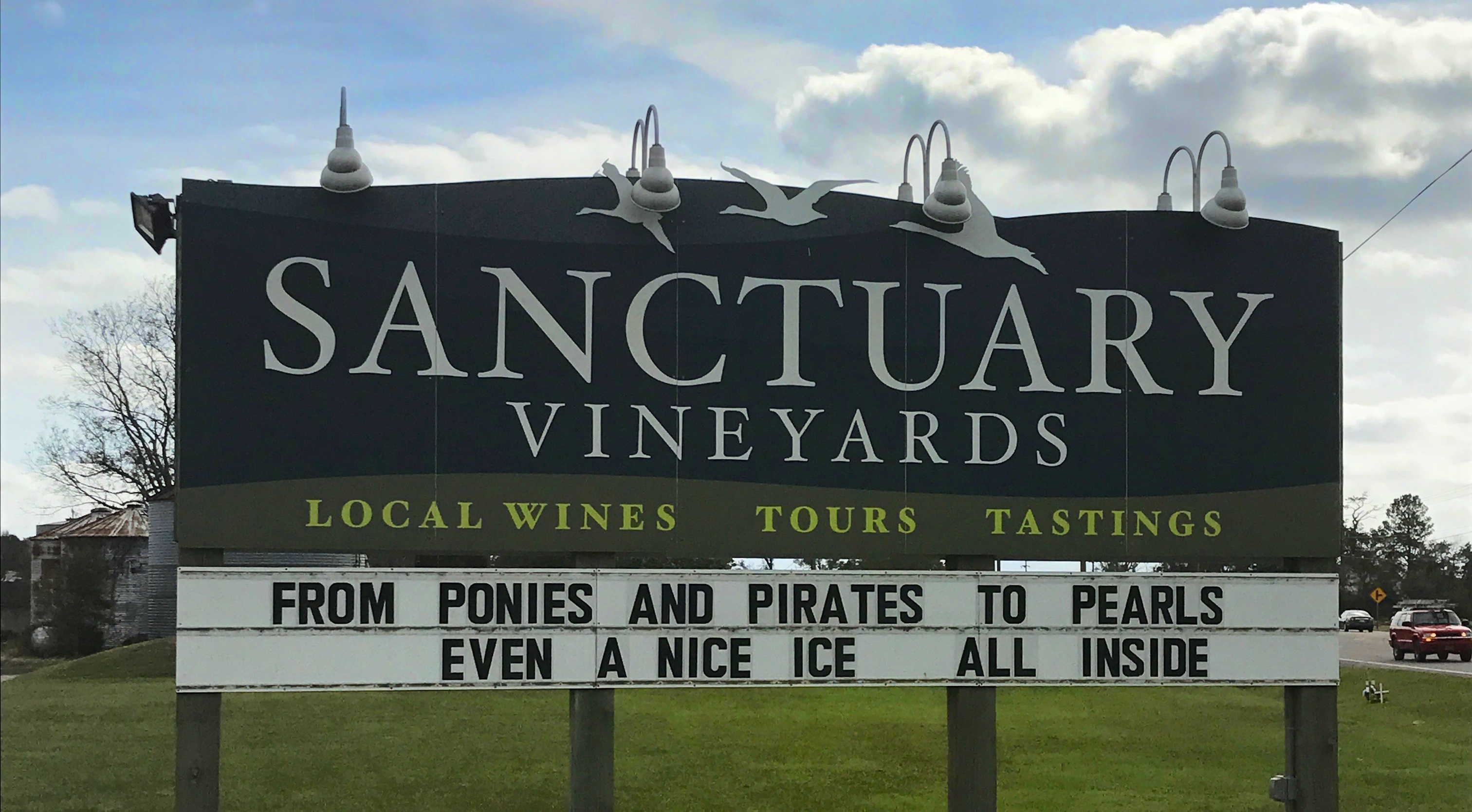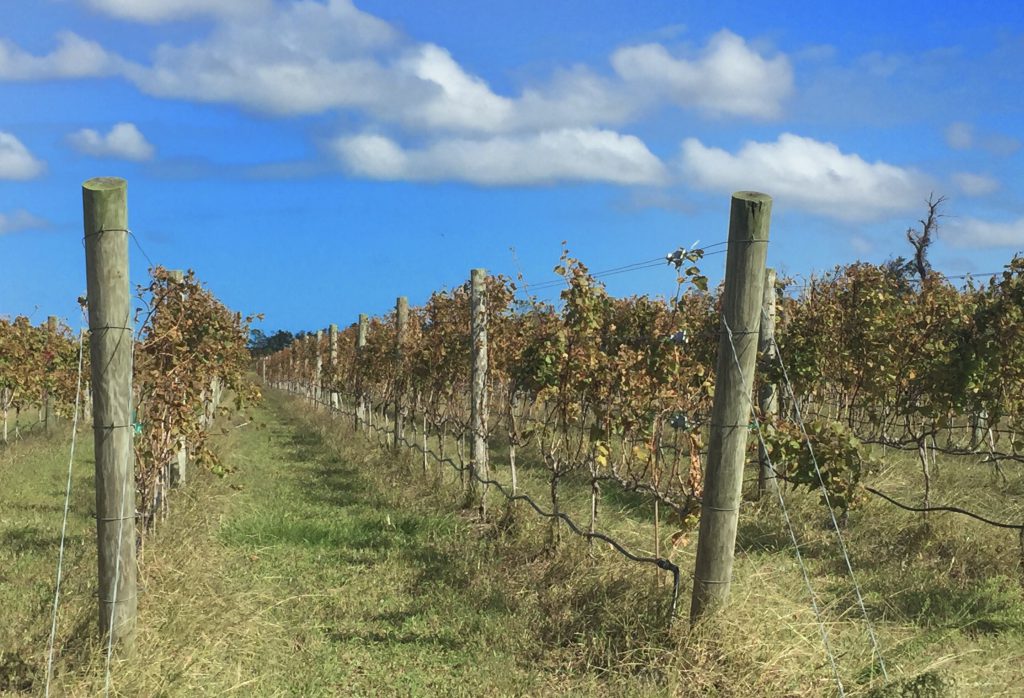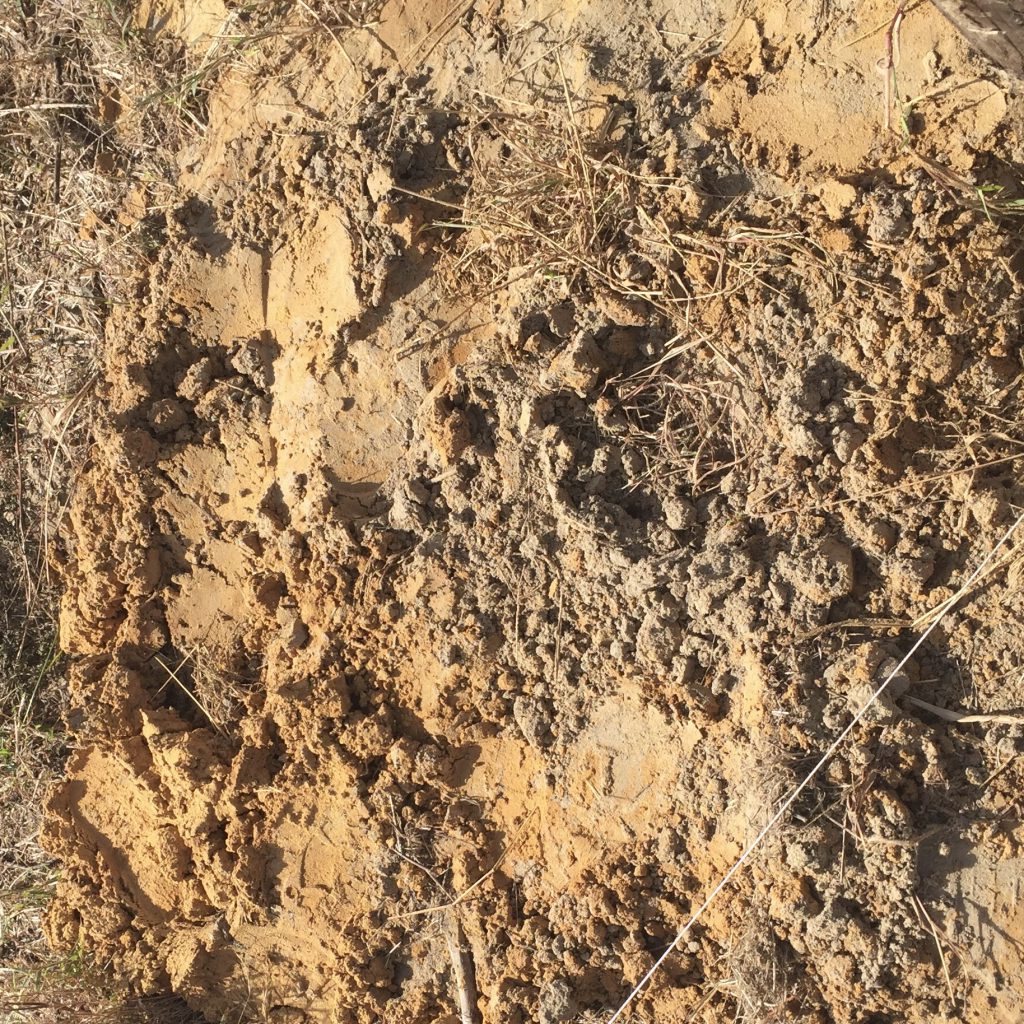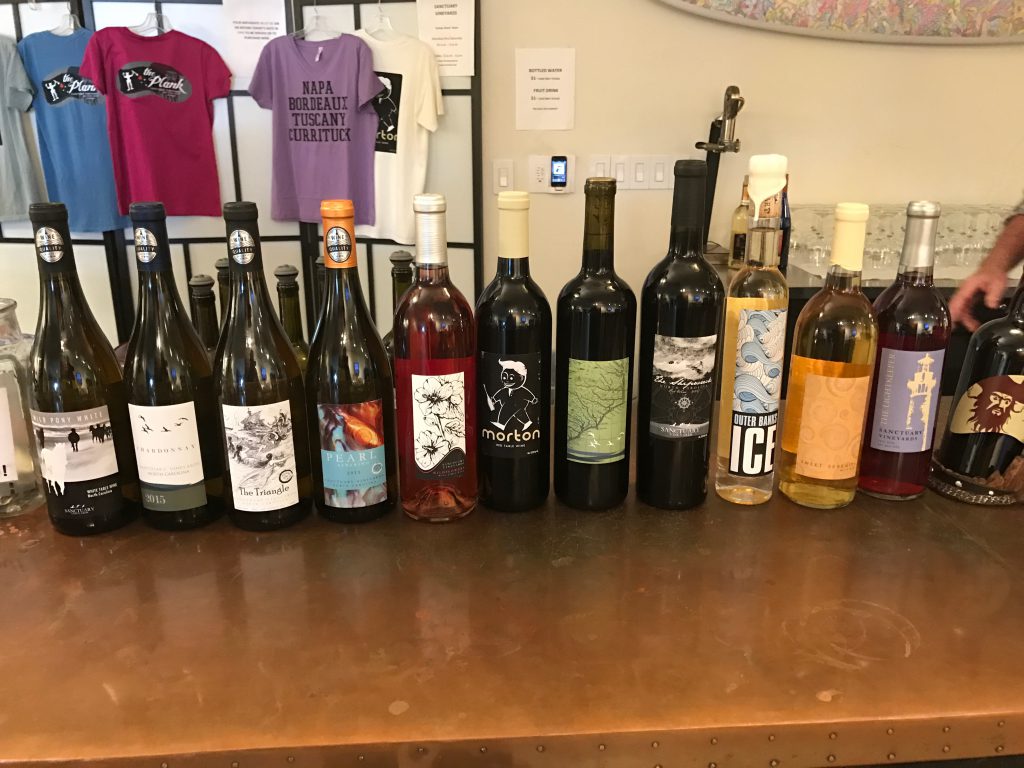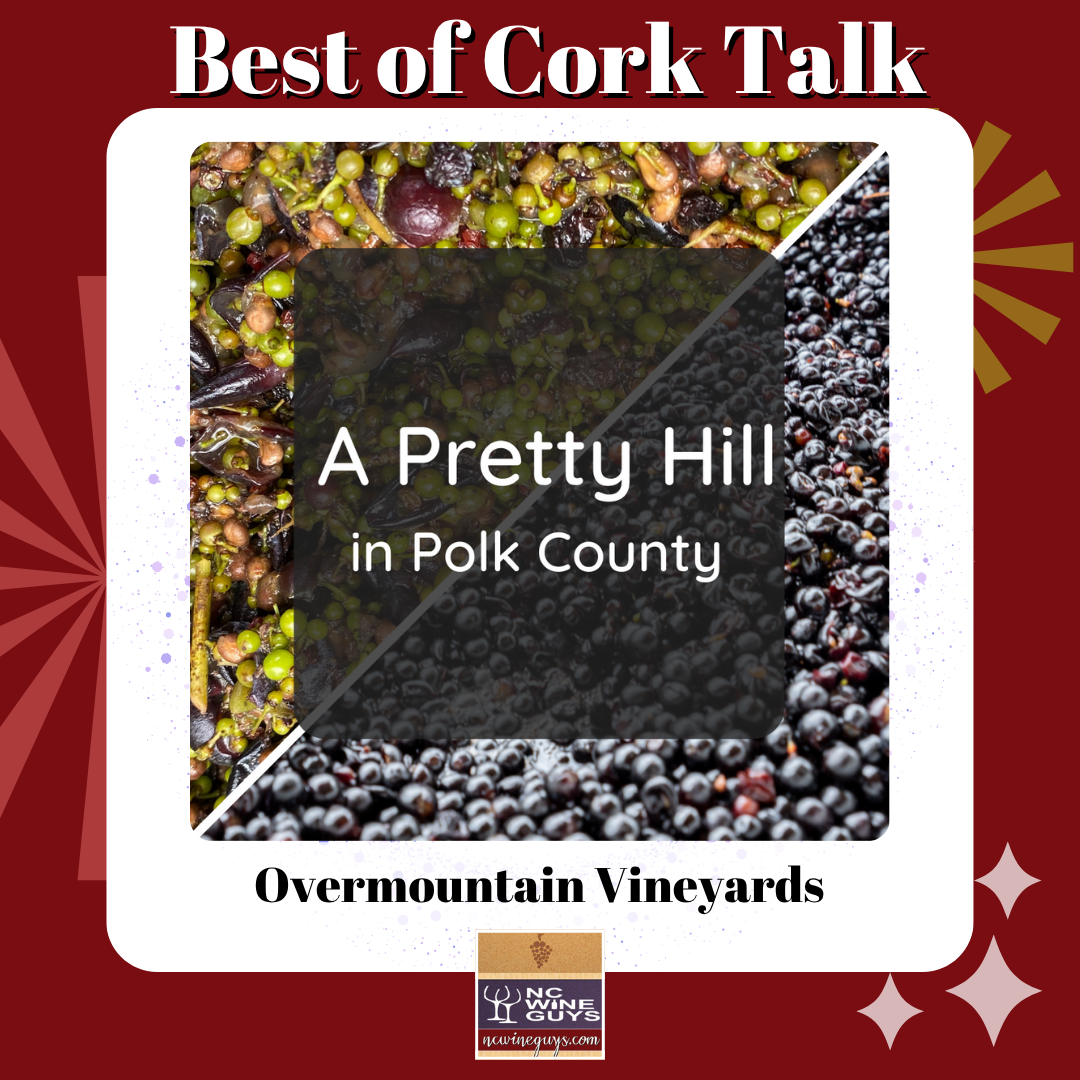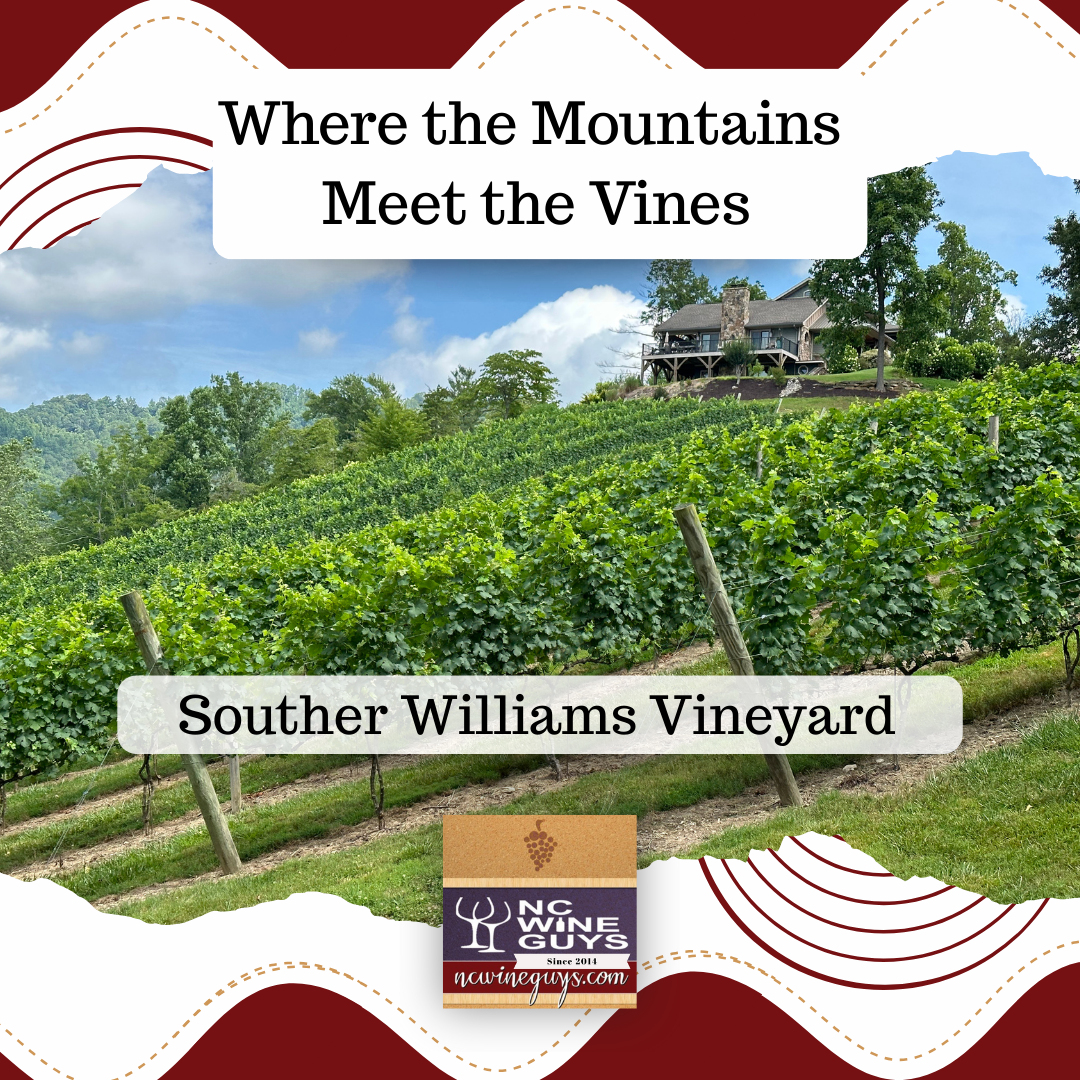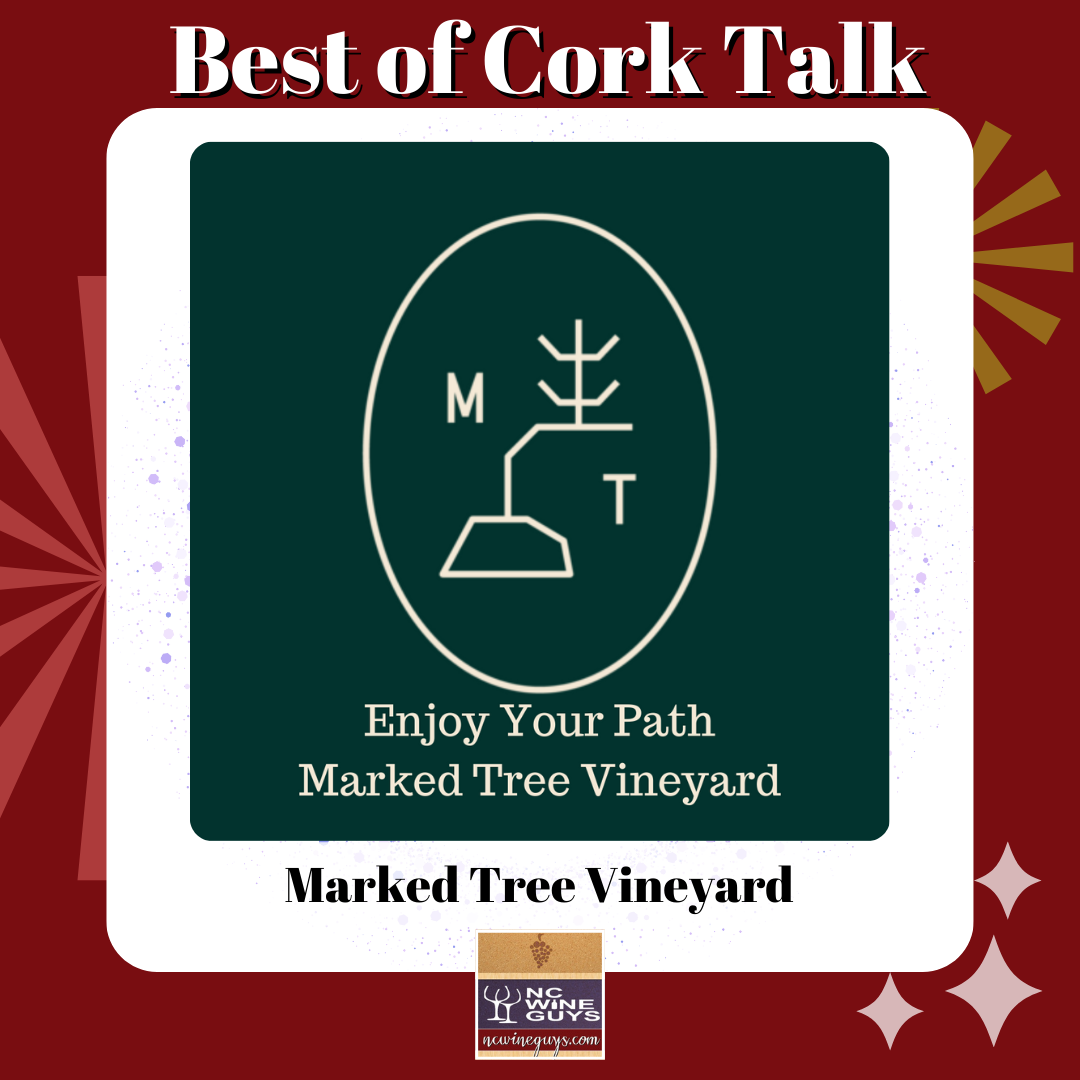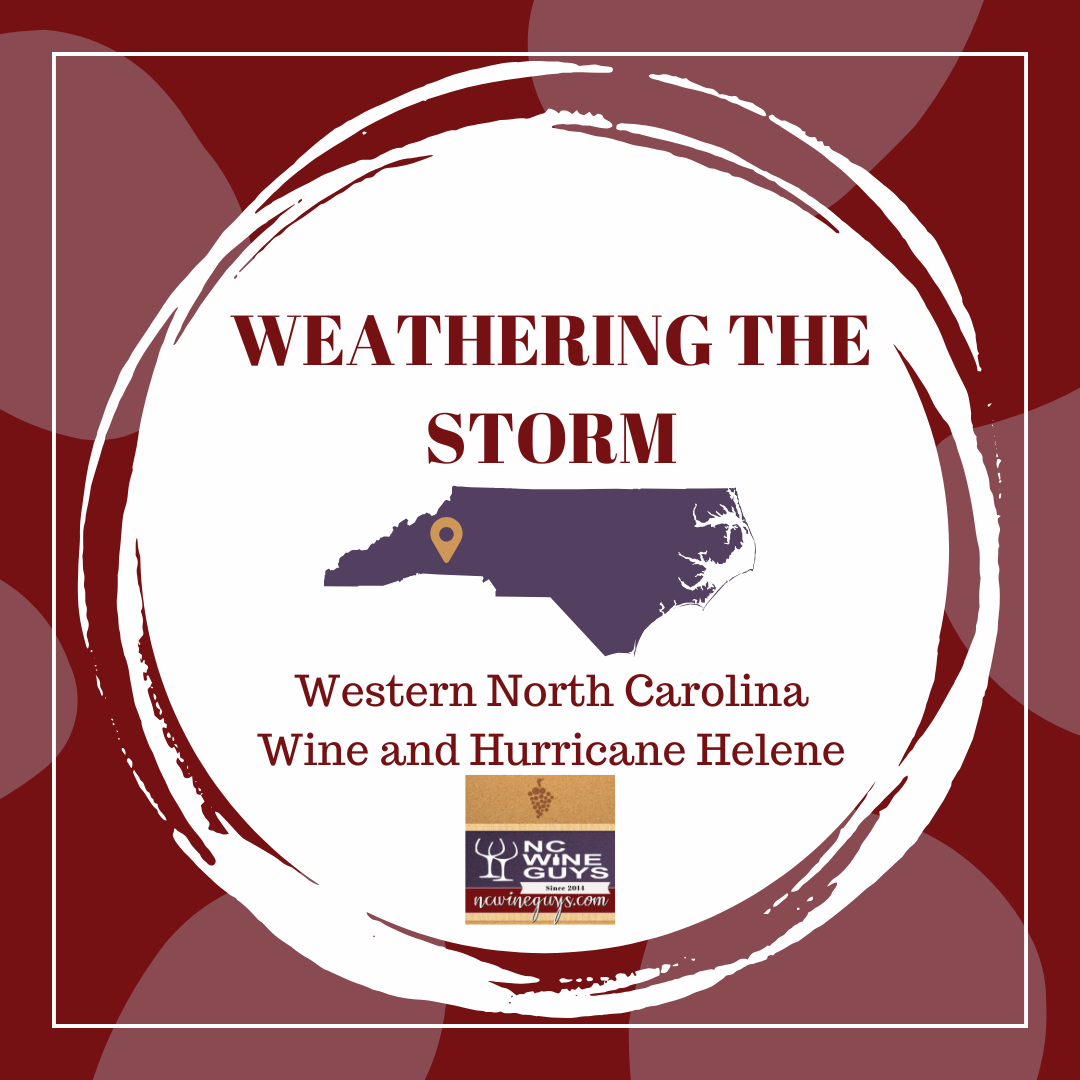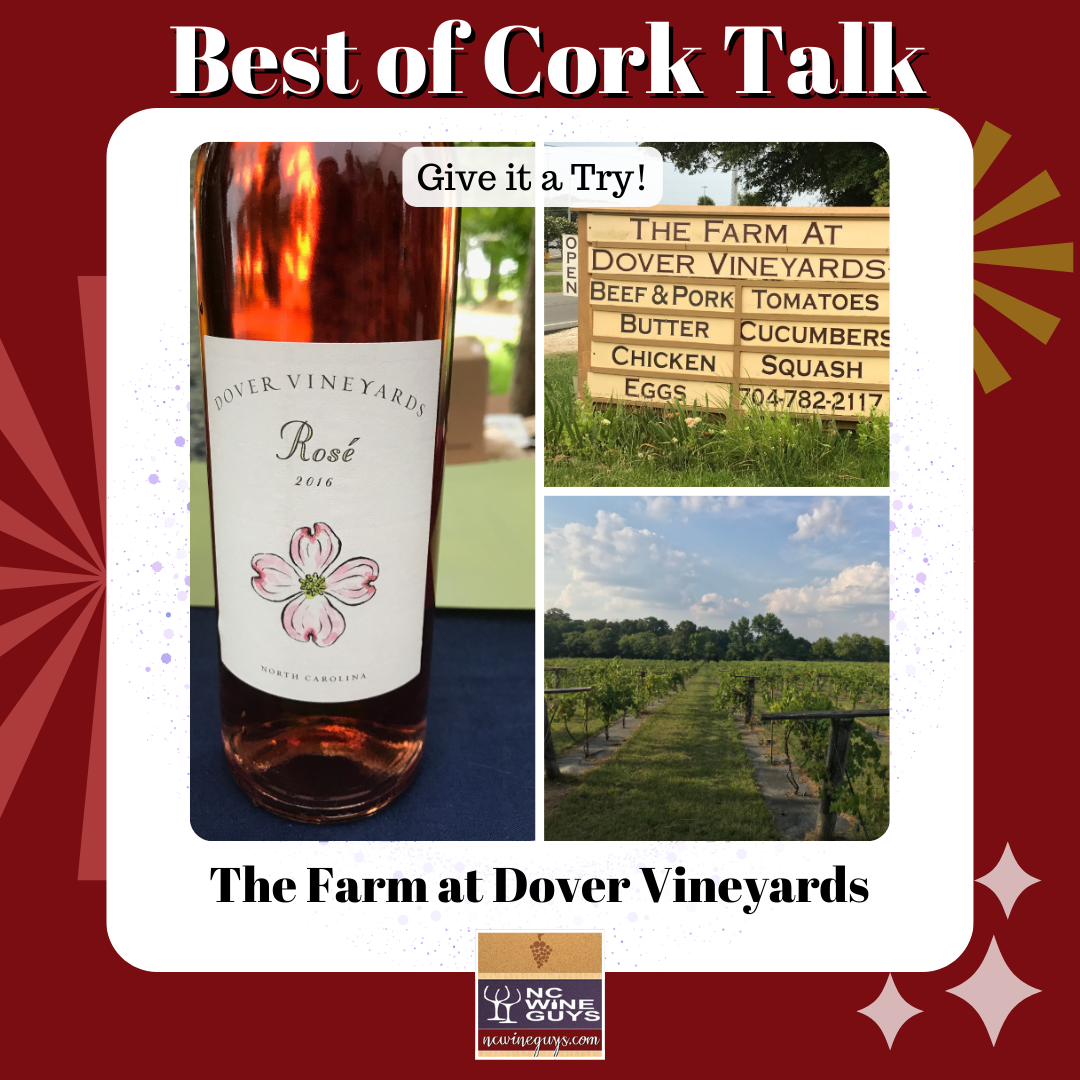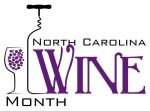The Outer Banks of the North Carolina coastline have long been a vacationer’s sweet spot. The long, narrow islands of sand and grasses serve as a natural barrier protecting the interior waterways from the harsh currents of the ocean. Just across the Currituck sound in Jarvisburg is something no one would have expected to see — a vineyard, growing European grapes. The vineyard in the spot light is none other than Sanctuary Vineyards.
Sanctuary Vineyards
One thing that sets Sanctuary apart from the rest of the costal vineyards is that they don’t grow any muscadine grapes. Period. When we asked John Wright, vineyard manager and GM for Sanctuary Vineyards, why he didn’t grow muscadine the answer was simple. John explained saying he didn’t want to put all that great soil to waste. Muscadine grapes can grow almost anywhere, but the soils at Sanctuary Vineyards is perfect for European varietals. As a result, they make premium wine that grows right in the Outer Banks.
As with any good wine, the process starts in the vineyard. As John was walking us through some of his 25 acres he has under vine, we talked about what makes one vineyard plots better than another. In John’s case, the game changer is the soil type in the vineyard. The assumption of any coastal state is that the closer you get to the ocean, the more sandy the soil becomes. Normally this hold true. Over the course of thousands of years, nature has a way of moving soils around through erosion, winds, and the natural tidal forces. This can sometimes result in sandy soils mixing with other soils in unique layers.
One of the main vineyards for Sanctuary is actually an old massive sand dune that flattened out, shifted inland, and became a fertile landmass perfect for grapes. The soil here is the key. The Wando fine sands and Conetoe sand loam soils provide excellent drainage with pockets of rich nutrients mixed within. This is a good thing. It means that the vines don’t sit in the water-logged ground, so they continually have to search for water. (Remember, struggling vines make great wine.)
One of the only downsides to this is that the grapevines themselves don’t grow to massive sizes. This may sound like a bad thing, but this isn’t terrible at all. Yes, bigger vines do produce more grapes, but that doesn’t mean you’ll get better wines. Instead, John employs a very specific pruning technique that helps to control yields, open up the fruit clusters, and expose those elements that he’s looking for. Pair this with the fast draining soil and you have a vine that puts all of its energy into producing an amazing fruit instead of a bunch of green leaves. The resulting fruit creates wines that emphasize grace over presence.
Another contributing factor that adds to the beauty of these vineyard sites is that they are situated between two large bodies of water. This combination of water mass and a thin strip of land creates steady southwest winds that help to wick away moisture and promote good health for the grapes.
Before we get on to the wine reviews, we wanted to mention one more thing that makes Sanctuary Vineyards so appealing and that is because you can find them almost everywhere in the Outer Banks. For those that don’t know, Sanctuary Vineyards wines are also available at several Cotton Gin locations as well as many wine shops and local restaurants. While we highly recommend a visit to the winery itself, if you can’t make it there, you’re sure to find Sanctuary Vineyards wines all over the Outer Banks.
[su_carousel source=”media: 1541,1536,1539″ limit=”3″ link=”lightbox” target=”blank” height=”300″ items=”2″]
Wine reviews
The tasting sheet as of our visit had 12 wines on it. We also had the opportunity to sample two bonus wines as well as a few Barrel samples.
2015 Wild Pony – A light bodied white blend, perfect for summer sipping. The fruit forward notes of apricots have a slightly musky background. Mellow acids create a creamy mid-palate with a nice finish.
2015 Chardonnay – Apple skins and pears are present on the nose. The flavors echo the same, with hints of pie crust. There’s no butter in this, instead there is a nice mineral finish.
2013 Triangle – This blend of Viognier, Roussanne, and Albariño (hence the triangle name) create a unique blend. The nose is intense with tropical notes and a subtle floral background. The flavors are rich and bold, yet still have a decent amount of acid to carry through to the end.
2015 Pearl – This white wine is 100% Albariño and has a complex, layered nose. It is uniquely rich with delicate dried herbs. The flavors are aromatic, primarily tropical. Very complex flavors.
2015 Wild Flowers – A rosé of 100% Cabernet Franc, the nose is split between strawberries and cantaloupe melon. Strawberry flavors are dominant with a mild acid mid-palate and finish.
Morton – This is an easy drinking red blend. Light in body, it doesn’t lack in character. Violets and delicate oak is present on the nose. With this being a soft red, it could pair well with most light dishes or drinks well on its own.
2014 Coastal Collage – This blend of Merlot, Cabernet Franc, and Petit Verdot is much more complex than the other wines. The nose is deep with leathery tones overlapping with earthy tones. The layers keep coming in the flavors with dried berries and a well balanced oak treatment. The finish is lingering and leaves you wanting more.
2015 Shipwreck – A blend of Syrah, Petit Verdot, Cabernet Sauvignon, and Cabernet Franc, it is fruit forward with delicate spice. Sweet cherries are present in the flavors with a velvety berry finish.
2015 OBX Ice – This dessert style wine is made from Vidal Blanc and Petit Manseng. Tropical notes emanate from the nose, calling out pineapple and a hint of coconut. There’s a nice acidity that helps to balance out the sweetness.
Sweet Serenity – Made from the muscadine grape Carlos sourced from eastern North Carolina. The nose is clearly muscadine, yet the flavors are uniquely different. There’s a hint of toasty caramel in the sweetness that isn’t what you normally find in muscadine wines.
Light Keeper – This was a first for us, a Carlos blended with Merlot and Cabernet Franc. The unique combination of muscadine nose with a fuller fruity mid-palate was an experience. It wasn’t technically as sweet as the previous wine, but there was much more going on in there.
Plank – This dessert style red wine is made from the muscadine grape Noble. What sets this apart from the others is that it spends 1 year in French oak barrels. The oak has a way of transforming a wild muscadine nose into a toasty aroma. Dark fruits and plums come through in the flavors with a satisfying finish.
Bonus pours:
We were treated to two bonus pours of Sanctuary Vineyard’s Double Barrel series. This is their response to a big bold California style wine.
2013 Double Barrel – This vintage is Petit Verdot and Cabernet Franc. A few years of bottle aging have really worked to this wine’s favor. It is refines and smooth, with a complex profile. Dried violets and earthy notes are present in the aroma. A light and toasty caramel are present in the flavors with plenty of secondary flavors developing throughout.
2014 Double Barrel – This vintage is Petit Verdot and Cabernet Sauvignon. It is noticeably different from the 2013 vintage. A slightly heavier oak treatment gives this wine a bigger vanilla and coconut nose. The flavors are big and bold indeed. The Cabernet Sauvignon comes through with a touch of pepper and more savory notes.
Sanctuary Vineyards is located at 7005 Caratoke Highway, Jarvisburg, NC.
[su_gmap address=”Sanctuary Vineyards, Jarvisburg, NC”].

